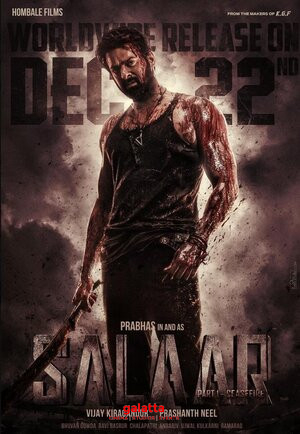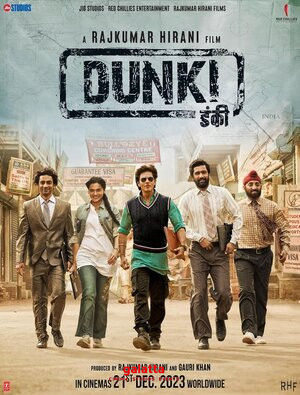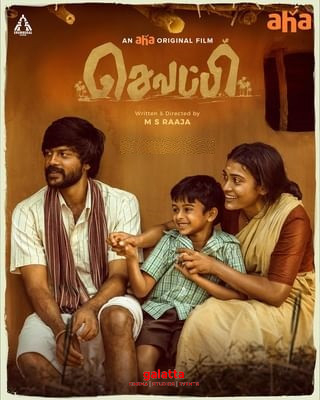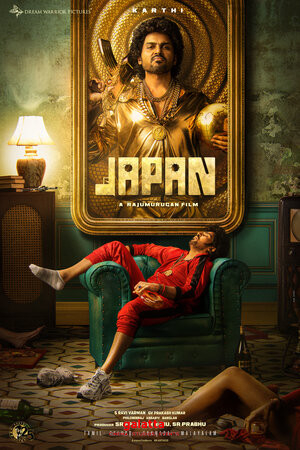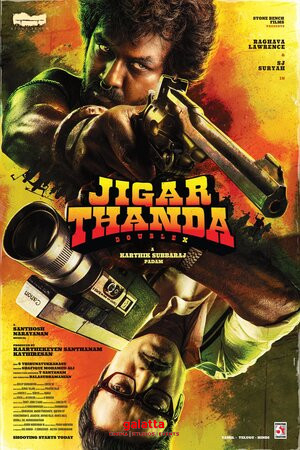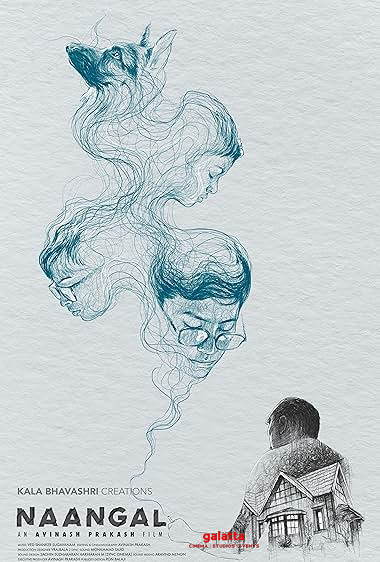Captain Miller Movie Cast & Crew
If the mere presence of ideas is enough to make a movie, then Arun Matheswaran’s Captain Miller – set in the pre-Independence era – is a success. The hero played by Dhanush is a tribal named Analeesan, and this is possibly the first time we are seeing a “freedom struggle” against the British from the viewpoint of the oppressed. (I kept thinking about Mari Selvaraj’s Karnan a lot.) There’s also a reference to Sri Lankan history, as the director stated recently: Captain Miller was the other name for Vallipuram Vasanthan, who headed a Black Tiger attack on Sri Lankan troops. Other ideas in the screenplay include patriarchy. In a wonderfully casual scene, Analeesan talks about washing vessels while a woman cleans a rifle. And an Indian princess says that women are slaves – and yet, this film’s women (Priyanka Arulmohan, Nivedhithaa Sathish) do their bit for emancipation by firing guns and riding bikes and staging politically charged plays.
Best of all is Analeesan’s reason for joining the Army. Long before the British arrived, his people were already oppressed by the monarchy. (Jayaprakash plays the local ruler.) They were forbidden from wearing slippers. They had to bow down. As a soldier, Analeesan will get to wear boots and stand erect. That is reason enough. Dhanush is probably the only actor who can play vulnerability and yet not come off as a victim – he states this fact as a fact, with the tiniest hint of a whine, and not as a pity-seeking rant. He is terrific, even if the part isn’t much of a stretch for someone who has done Karnan. (I told you that that film kept coming to mind!) Plus, he looks smashing with his thick beard and samurai-style hair bun. A low-angle shot of him standing beside a hilltop boulder and wielding an automatic is both whistle-worthy and poster-worthy.
But is the mere presence of Important Ideas enough? Doesn’t execution count, too? By “execution”, I don’t mean just the technical departments, which are solid. Siddhartha Nuni finds inventive ways to break the cliches of a period look. He goes for deep saturation and the film often looks like an oil painting as painted by Sergio Leone. The production design by Ramalingam is impeccable. Everything looks aged just so, including an imposing pair of blue doors that open out with a window. The only department that does not match up is the action. After a while, the gun battles get numbingly repetitive, and the fast cutting makes it impossible to absorb any of the stunt choreography. There’s no sense of spatial unity, unlike, say, the action scene with the van in a small street in this director’s Saani Kaayitham.
But there’s another reason the battles get repetitive, and that’s the writing by Arun Matheswaran and Madhan Karky. They opt for a back-and-forth structure that is chapter-ised with titles like “Do Wildcats Fast on the Great Night of Shiva '' and “The Snake in the Monkey’s Shadow”. (The latter, by the way, is the title of an all-time-great Hong Kong kung fu movie. Watch it!) I got the feeling more time was spent thinking up these clever, beat-poetry chapter titles than in investing the characters with depth and emotion and agency. Now, this did not matter all that much in Rocky and Saani Kaayitham, Arun’s first two films, because they were pure genre movies. They were simple revenge stories, and that was enough for this director to use as a foundation to showcase his stunning craft. (Speaking of Rocky, that film had something named “eagle”, and we find that word printed on a box in this movie. Is Arun Matheswaran building his own cinematic universe?)
But Captain Miller is a complex story of an aimless man – Analeesan – who becomes the saviour of his people, The One. His people have been kept away from the Shiva temple, first by the privileged (the kings and so forth), and then by the British, who keep unleashing violence on them. And at least on paper, Analeesan’s path to becoming his people’s messiah is marvellously twisted. He joins group after unexpected group – first the army, then a bunch of bandits who donate a portion of their loot to freedom fighters, and so on. A line goes: “To the British, he is a bandit. To the locals, he is a traitor.” We are meant to ask the question: “Who is this man?” Instead, I kept wondering: “Why do I need to know more about a man who just fights and fights and fights some more.” Where are the emotional threads that bind us to him and connect us to the narrative?
It’s only during the rare occasion where the movie stops to breathe that we begin to see these chalk outlines for Important Ideas as real flesh-and-blood people. The nominal heroine gets very little to do, but I loved her scene with Analeesan where she senses his guilt and talks him out of it. For a second, these characters truly become as complex as the narrative needs them to be. (And I was glad we don’t have a conventional love angle.) The characters played by Shiva Rajkumar, Sundeep Kishan and Vinod Kishan appear and disappear as they please. Elango Kumaravel’s narrator could have used more nuance, given how much he shapes Analeesan. And John Kokken is reduced to a snarling monster who snarls monstrously in every scene of his. I am not a major advocate of big background scores, but some of GV Prakash Kumar’s themes have more “character” than the film’s characters: say, the rattling percussion and high-pitched wind instruments when Analeesan’s dance is intercut with British cruelty, or the whistling tune that increases in pace each new day Analeesan spends in the Army.
My hunch is this. Arun Matheswaran is, at heart, a damn good genre filmmaker, and he is less interested in who his characters are and more into the kinds of mayhem they unleash. A multi-character “biopic” like Captain Miller is not his scene – at least, with a big star. And this is where you realise the limitations of “films made for all audiences” and “films that have to do certain numbers at the box office”. There’s a scene where Analeesan places his rifle under a Brit’s chin and presses the trigger. The older Arun Matheswaran would have cut to the man’s head exploding and given some of us the blood-and-brains shot we crave in such scenarios. But here, we cut to the man’s feet, which receive a small splatter of blood, and we cut quickly away to the next shot. To be sure, there are some interesting touches, like the constant imagery with fire, befitting the hero’s name: Analeesan. But as a story, nothing holds us. We put together the narrative later, in our heads, rather than while watching the film. In Rocky and Saani Kaayitham, the violence made you feel the protagonists’ fury at a subatomic level. Here, nothing goes beyond the surface.


